Performance Variations and Selection Guidelines for Phenolic Insulation Pipe Sections by Density
2025-06-19 09:10:15
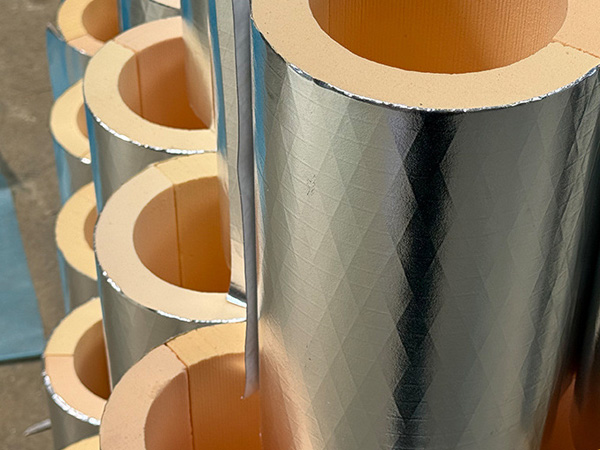
Performance Variations and Selection Guidelines for Phenolic Insulation Pipe Sections by Density
1. Low-Density Phenolic (40-60 kg/m³)
Thermal Performance:
Optimal λ-value (0.020-0.022 W/m·K) for standard temperature ranges (-50°C to 95°C)
Structural Limitations:
Compressive strength 80-120 kPa - suitable only for non-load-bearing vertical pipes
Best Applications:
Residential HVAC ducts, chilled water lines in suspended ceilings
2. Medium-Density Phenolic (60-80 kg/m³)
Balanced Properties:
λ-value 0.022-0.025 W/m·K with 150-200 kPa compressive strength
Special Features:
Fiberglass scrim reinforcement allows 5% bending radius reduction
Ideal Use Cases:
Commercial building steam pipes (0.5-1 MPa), underground ducts with light soil loads
3. High-Density Phenolic (80-120 kg/m³)
Mechanical Advantages:
250-400 kPa compressive strength withstands foot traffic and burial loads
Thermal Trade-off:
λ-value increases to 0.026-0.030 W/m·K due to reduced void content
Critical Applications:
Industrial process piping, district heating systems with pipe supports every 2m
4. Ultra-High-Density Specialty Grades (120-160 kg/m³)
Extreme Performance:
500+ kPa strength for offshore platform pipe racks
Modified Chemistry:
Ceramic microsphere additives maintain λ<0.028 W/m·K despite density
Niche Uses:
Nuclear plant auxiliary piping, LNG terminal transfer lines
Selection Methodology
Temperature Requirements:
Below -30°C: Always use ≤60 kg/m³ for optimal thermal resistance
Above 120°C: Mandatory ≥80 kg/m³ for dimensional stability
Mechanical Stresses:
Calculate expected loads (soil, maintenance traffic)
Add 25% safety margin to published compressive values
Lifecycle Considerations:
High-density lasts 2-3× longer in outdoor/exposed applications
Low-density provides better ROI in temporary installations
Pro Tip: For vibrating pipes (pump discharges), select medium-density with elastomer modifiers (tan δ >0.04 at 30Hz) regardless of temperature needs. Always verify fire rating consistency across density options - some high-density formulations sacrifice flame spread performance.
Cost Optimization:
In non-critical areas, combine densities - high-density at supports/low-density in spans can reduce material costs by 18-22% while meeting mechanical requirements.
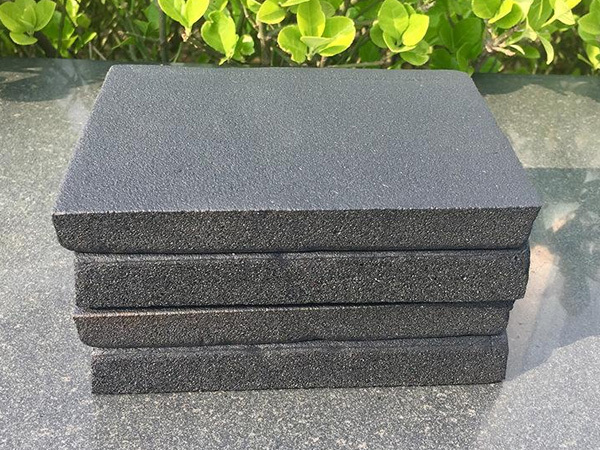
OurFlame Retardant Rubber Foamis a premium closed-cell elastomeric insulation material engi...
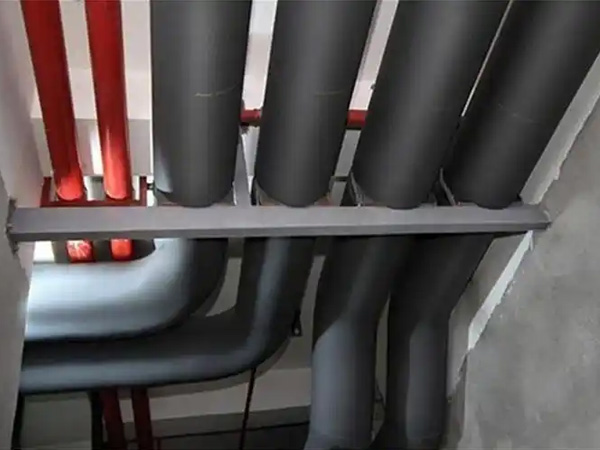
OurRubber Pipe Insulationis a high-performance solution designed specifically for HVAC pipi...
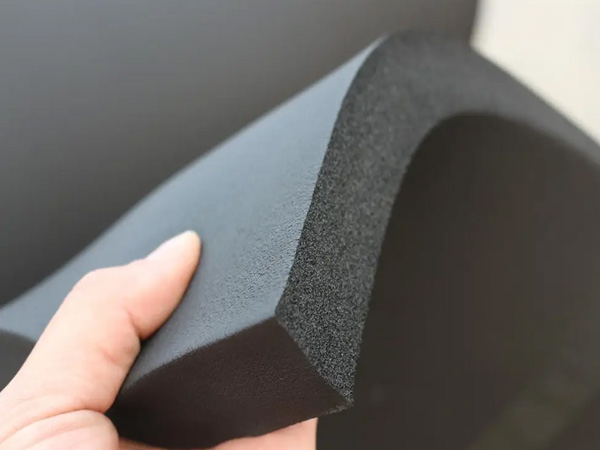
Rubber Foam Insulation Sheet – Product Introduction Premium Flexible Insulation for Therm...
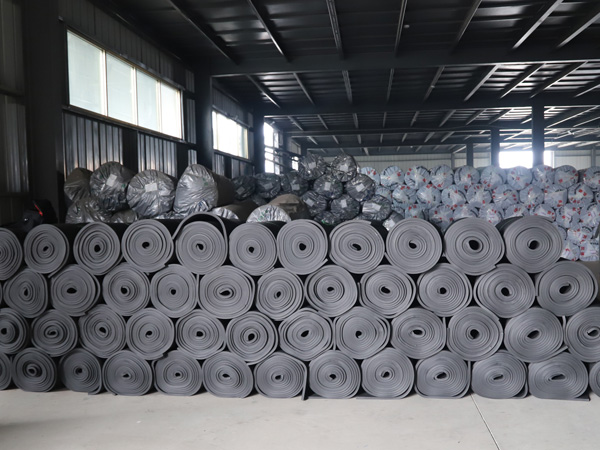
Specially engineered for refrigeration applications, ourElastomeric Rubber Insulationprovid...



